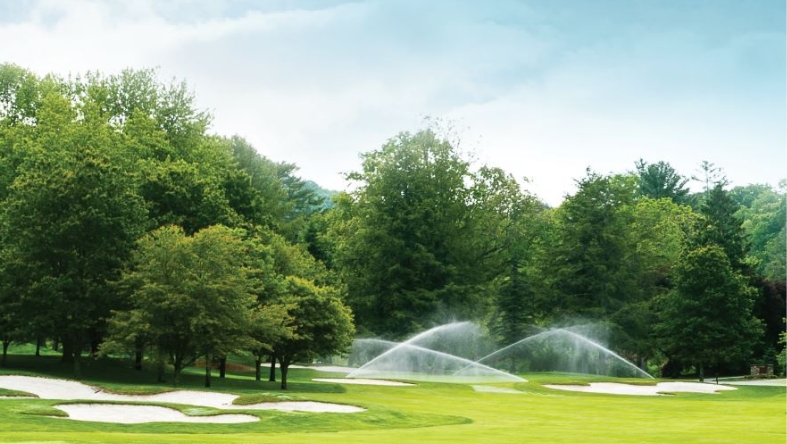Tips on how to water with waste water
In arid and semi-arid regions, low rainfall and lack or excessive cost of irrigation water requires the use of waters that have undergone domestic or industrial use and have subsequently been treated to acceptable levels.
Green areas are the crop of choice for reuse of this type of water for the following reasons:
- Turfgrass species regularly absorb large amounts of nitrogen, a component that is very abundant in this type of water, so by using it on lawns we avoid polluting rivers and groundwater.
- Wastewater is generated continuously, so we therefore need a crop that can absorb it continuously for uninterrupted irrigation. This is the case of turfgrass, which can receive water year-round.
- Most green spaces are located in large cities or surrounding areas, where the bulk of residual water occurs, so transport distances are short.
- Since it is a crop which is not consumed physically, the inherent health, disease or miscellaneous contamination problems disappear.
- Lawns are the group of species best adapted to wastewater irrigation since they tolerate, for example, high ground salinities. The social and economic impact produced in case of problems is less than if it were an agricultural crop.
Of all turfgrass species, those which tolerate wastewater best are: Paspalum vaginatum, Puccinellia distans, Cynodon spp., Stenotaphrum secundatum, Festuca arundinacea and Agrostis stolonifera. There are considerable differences between varieties.

